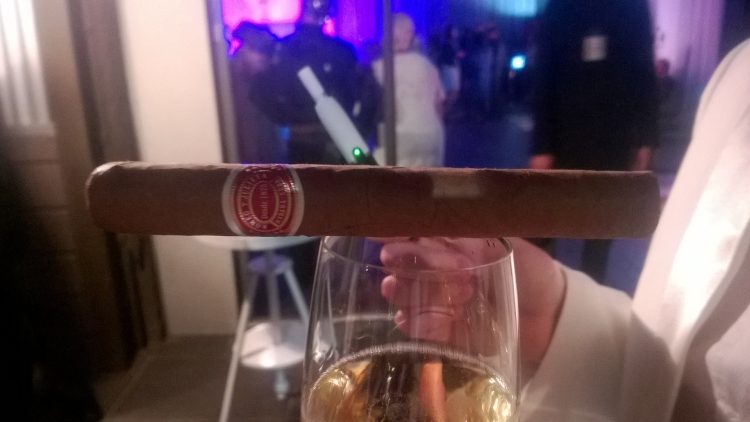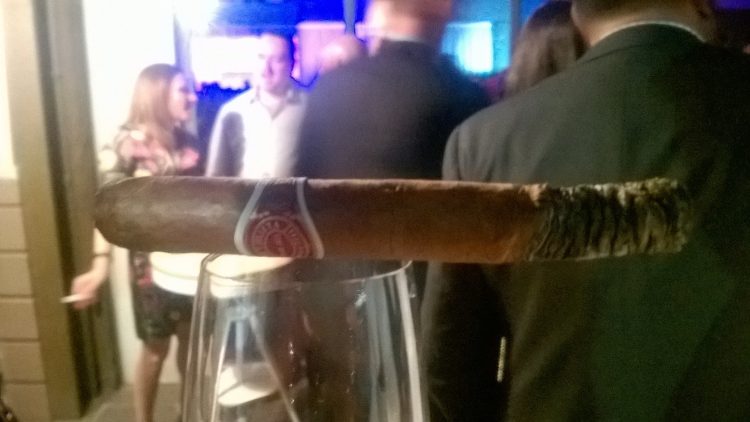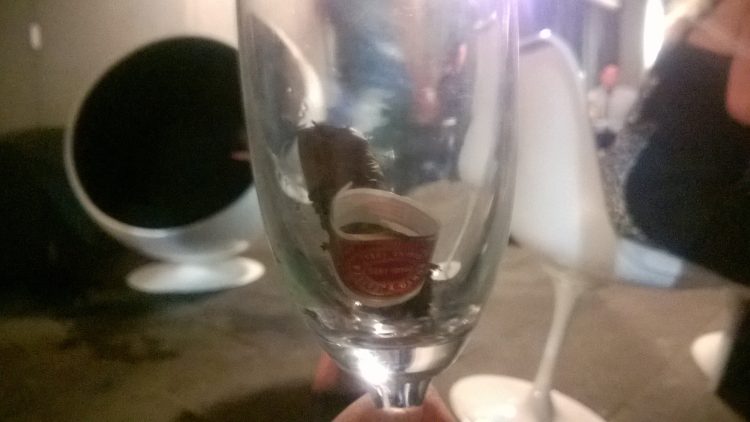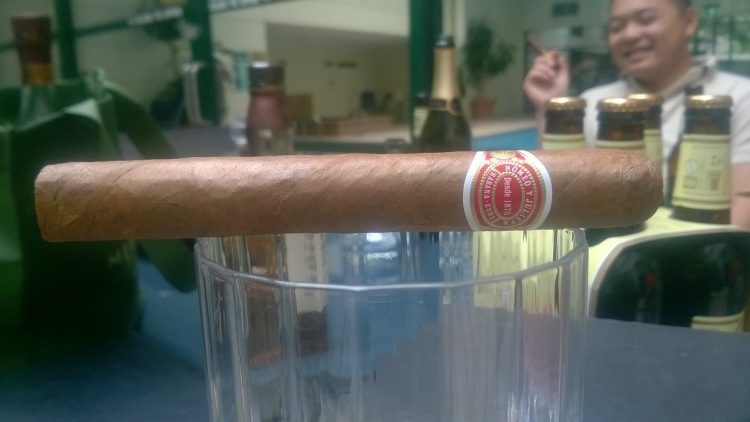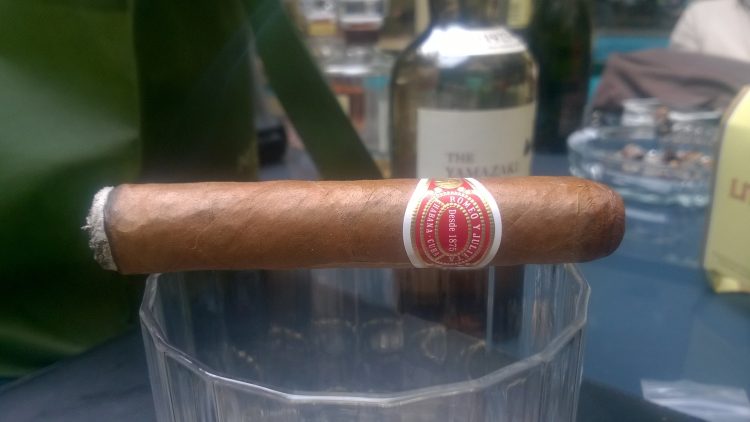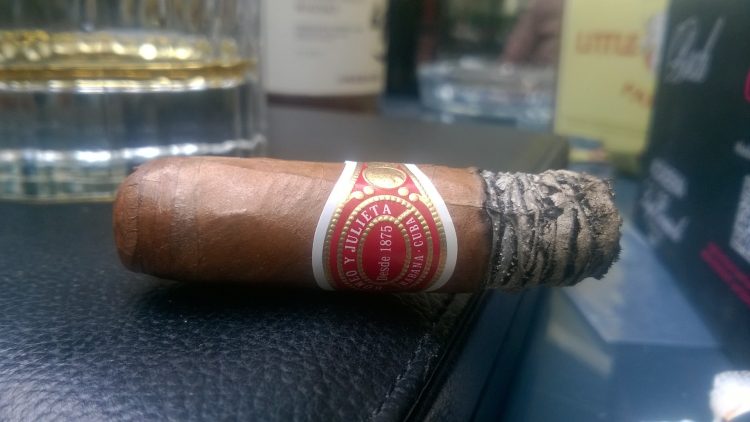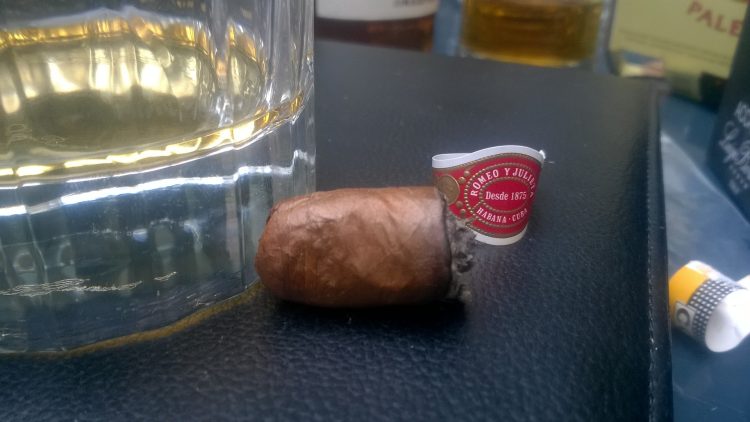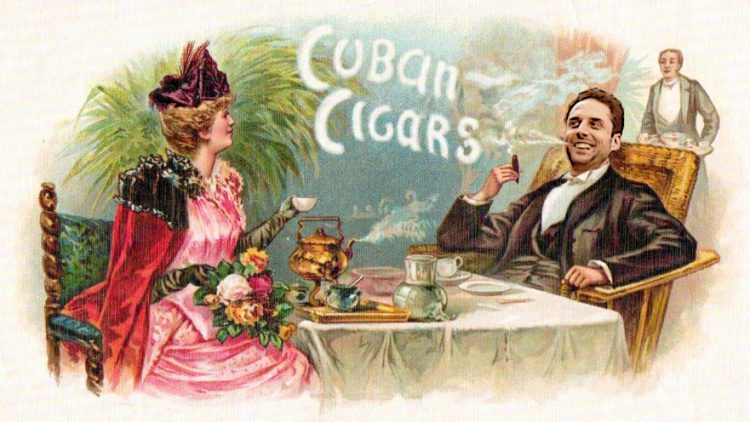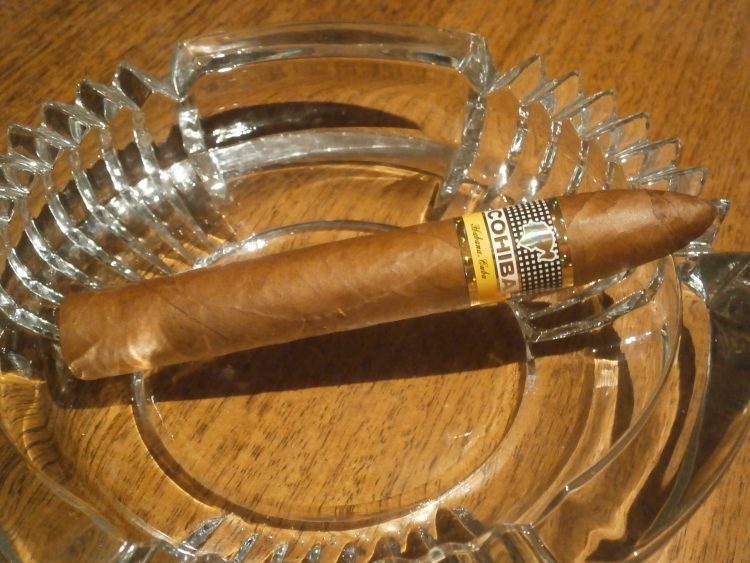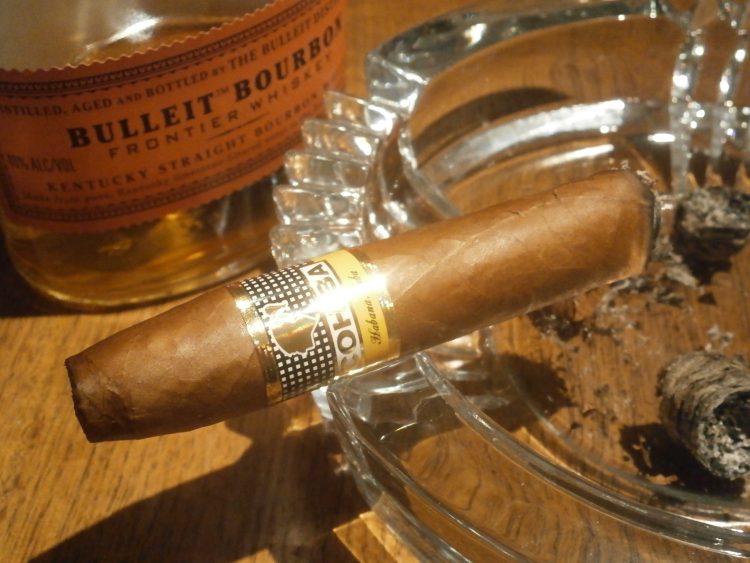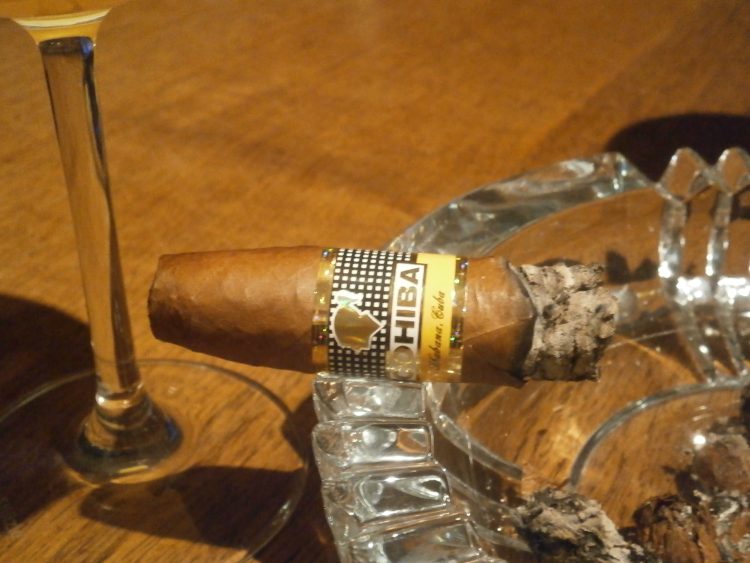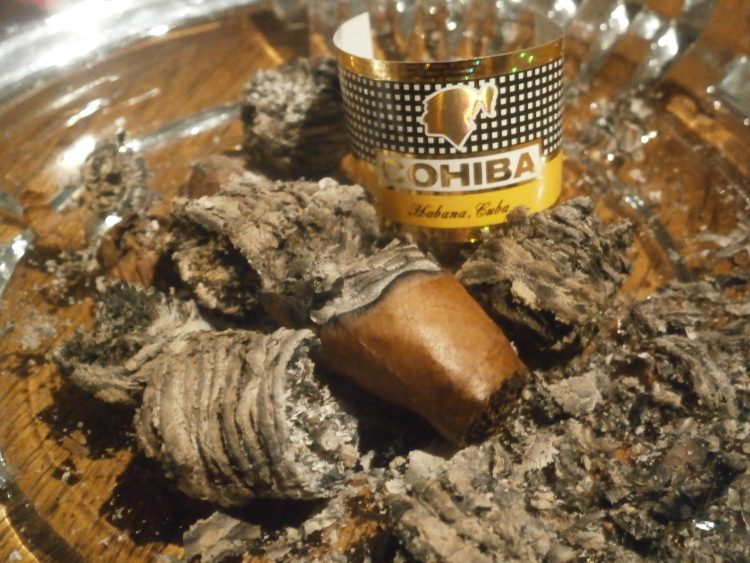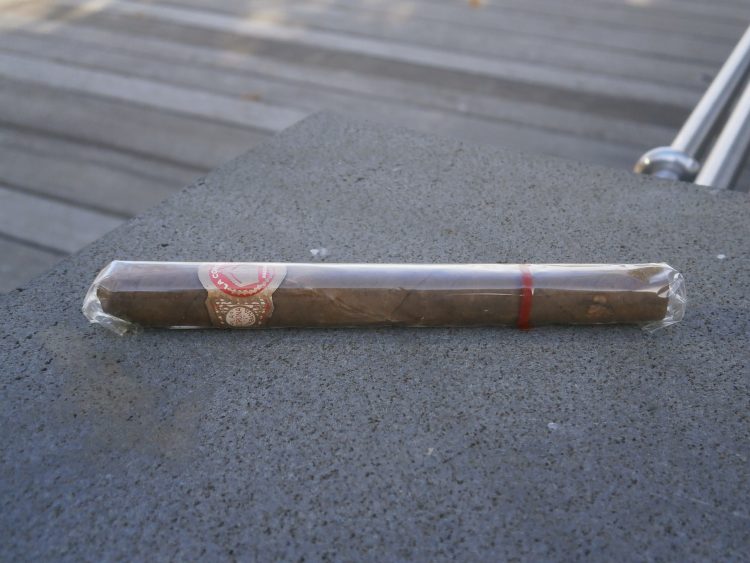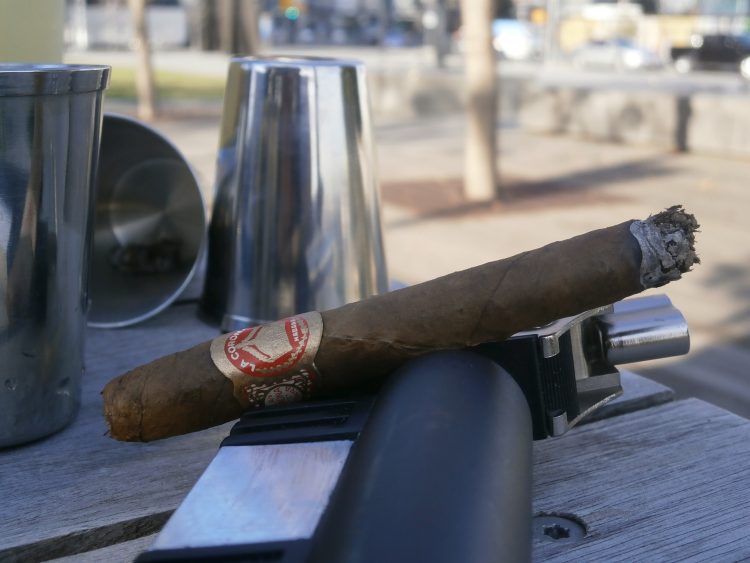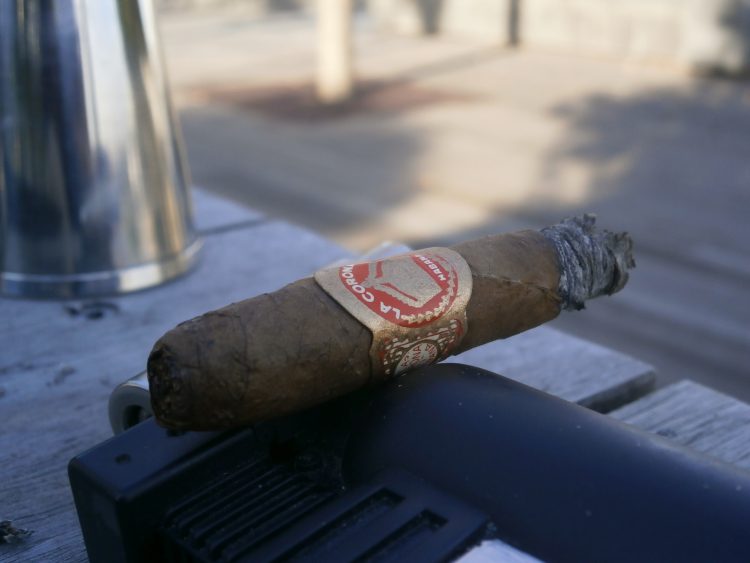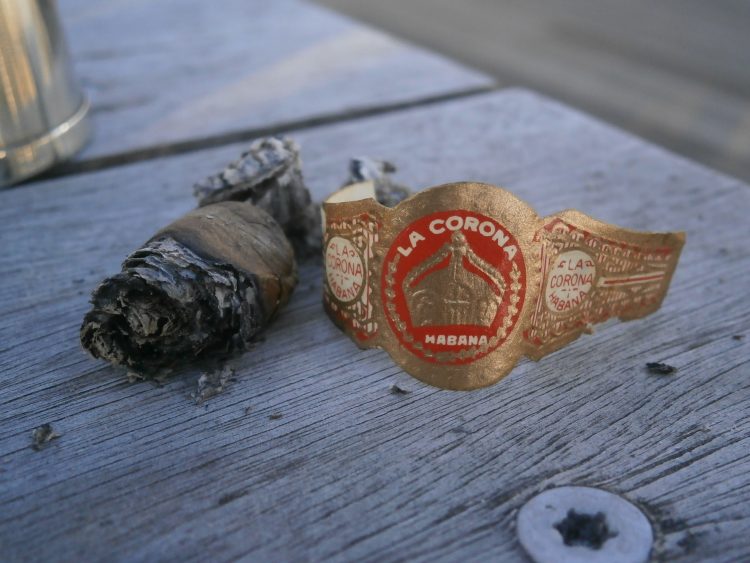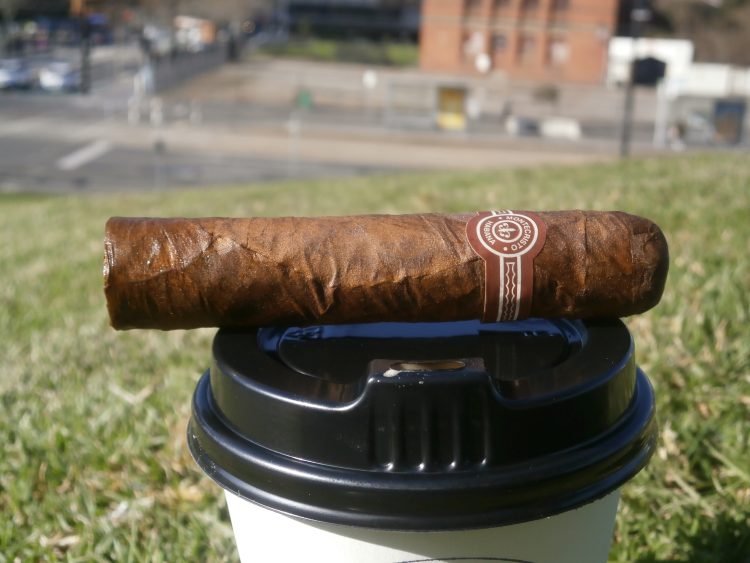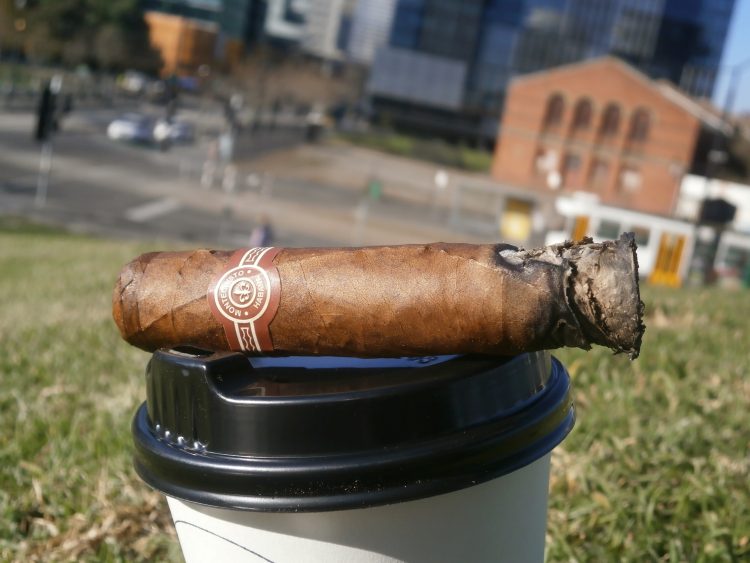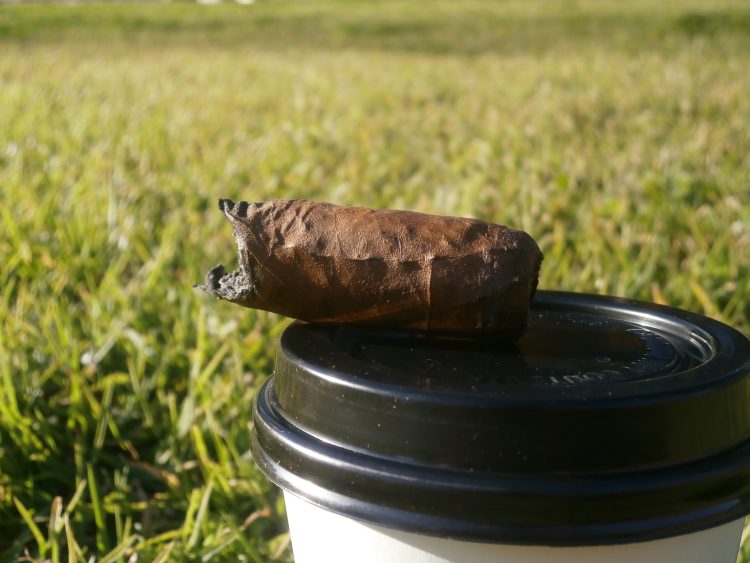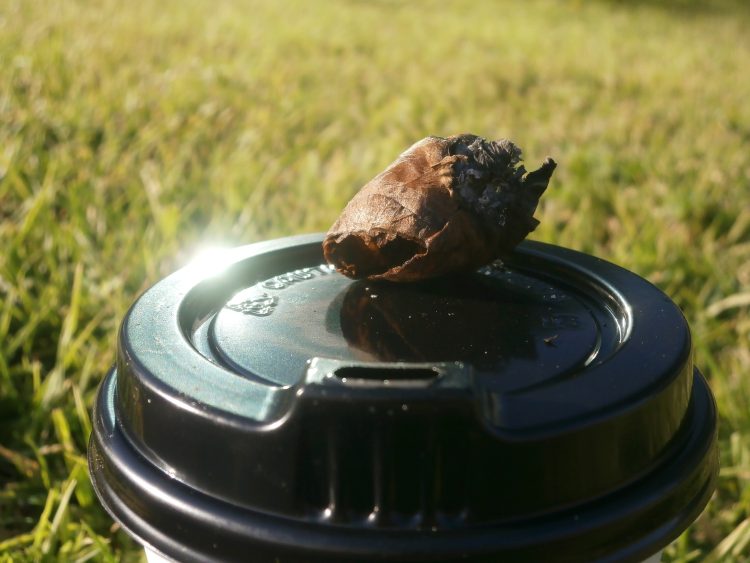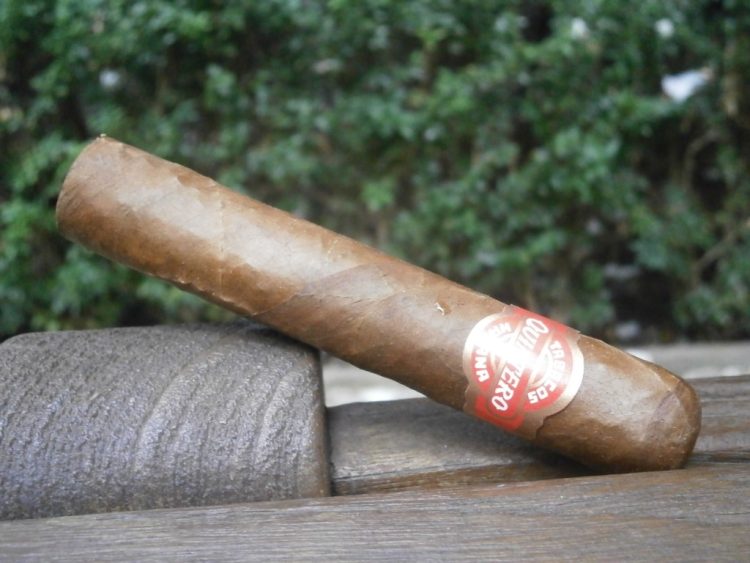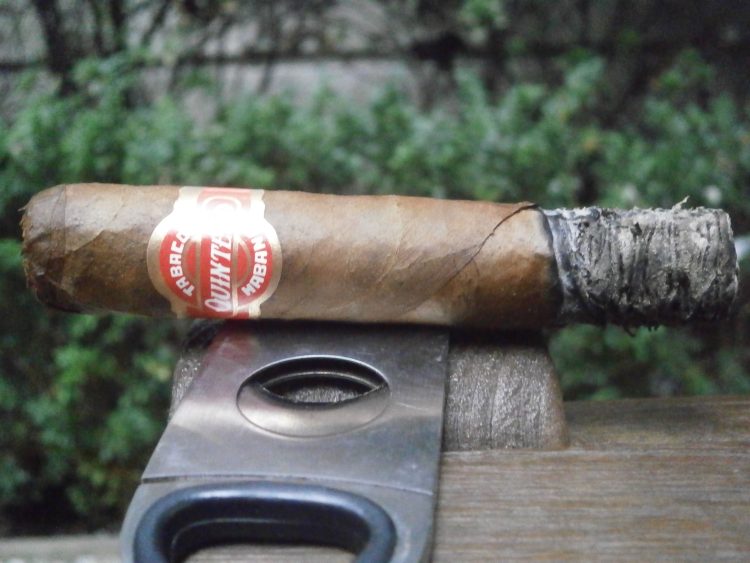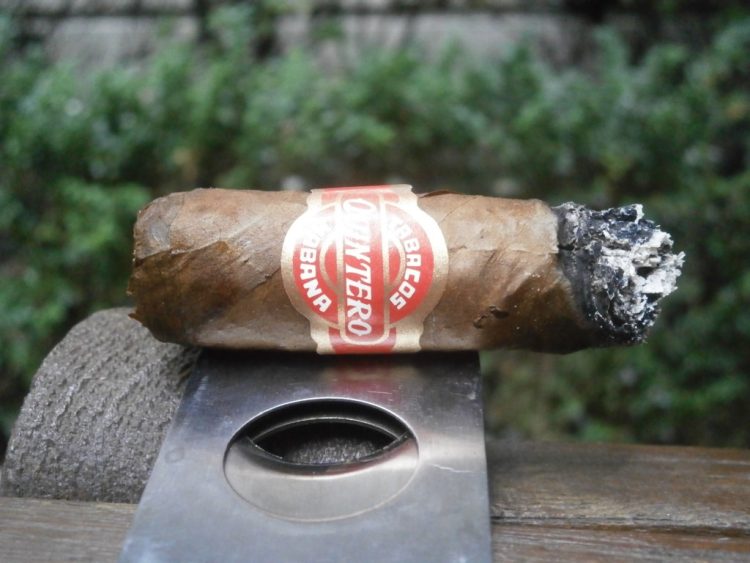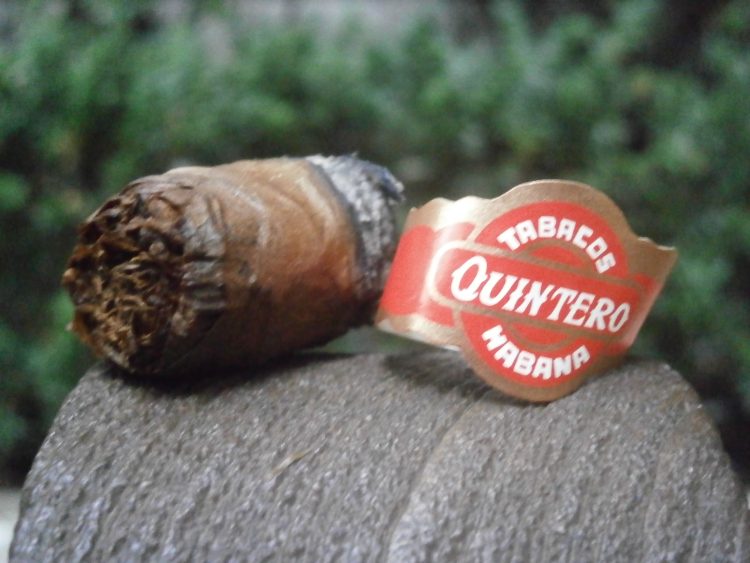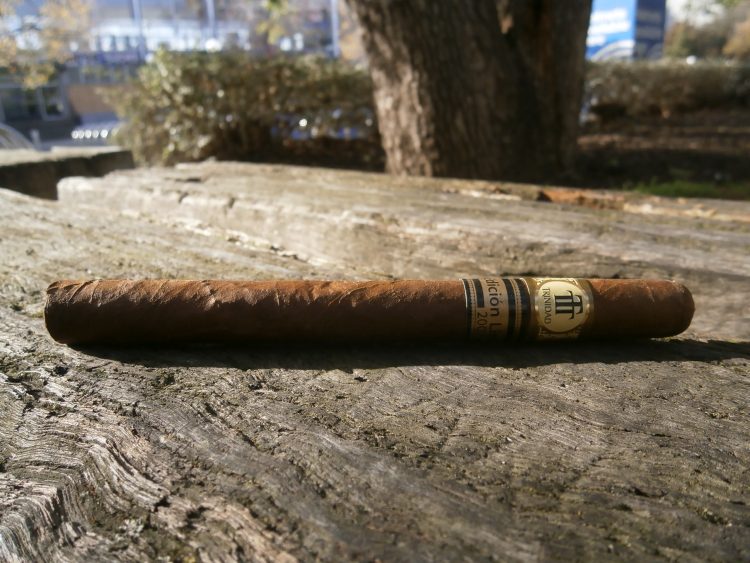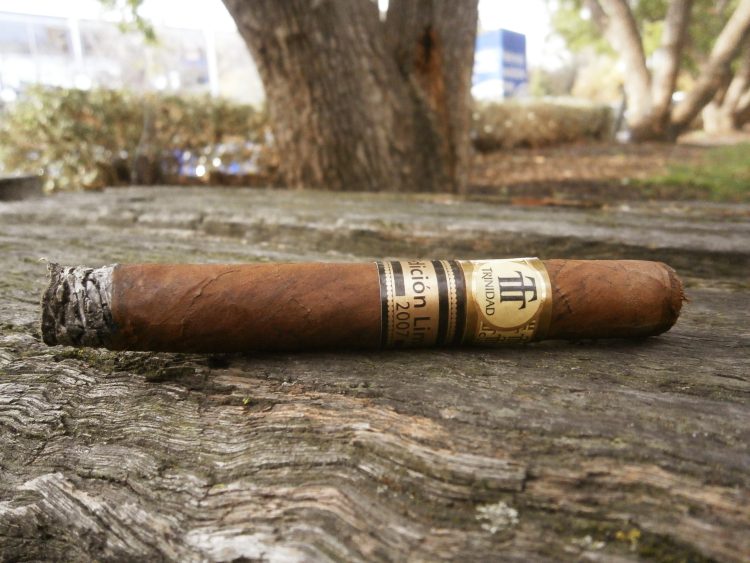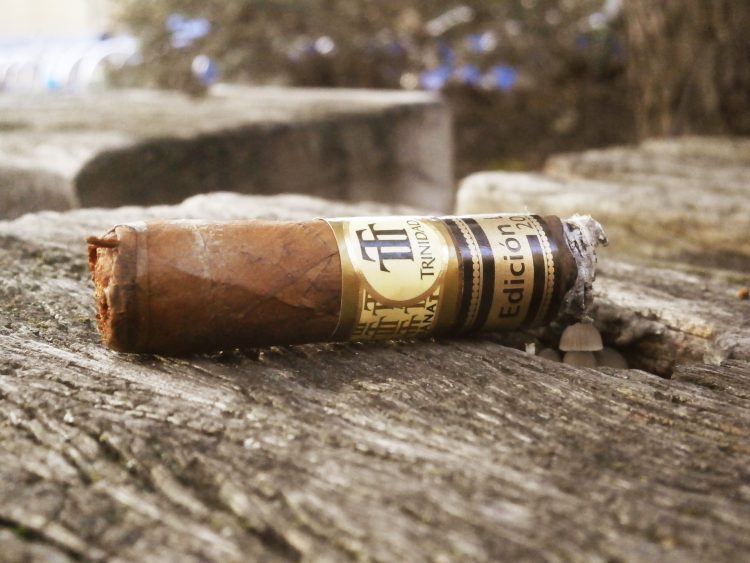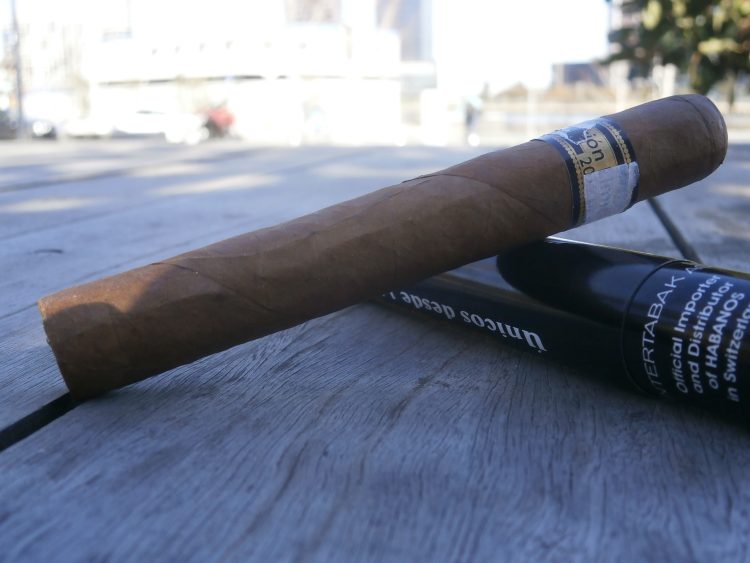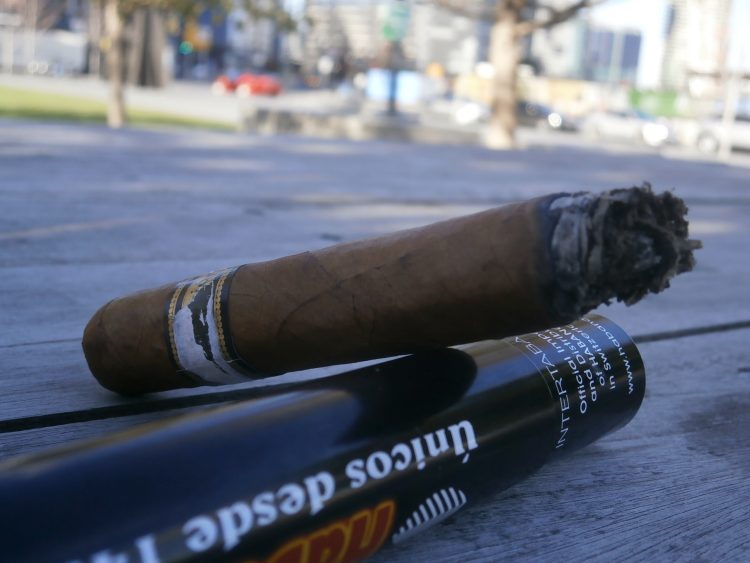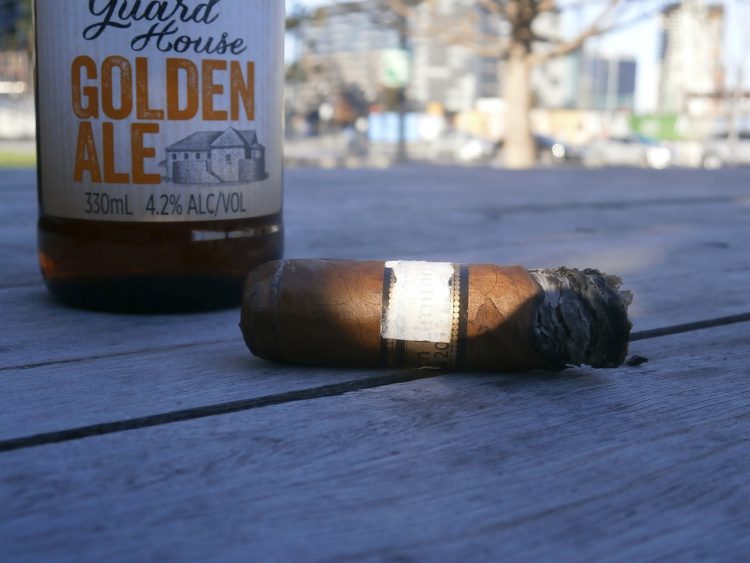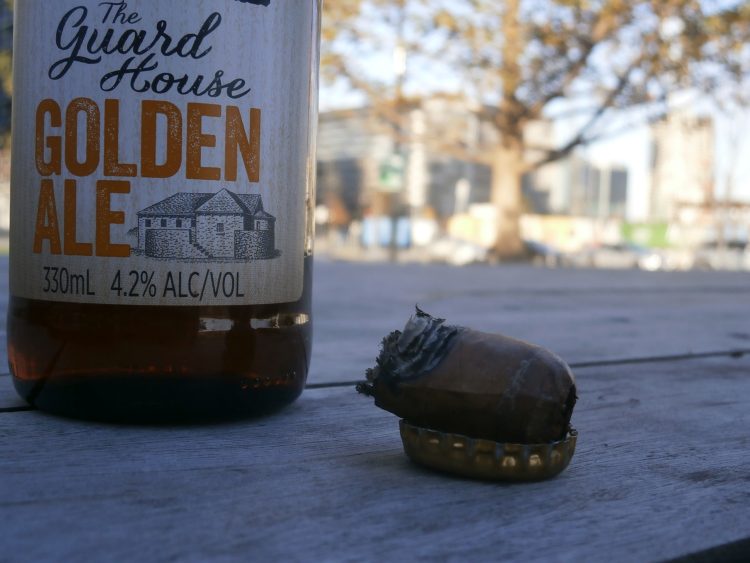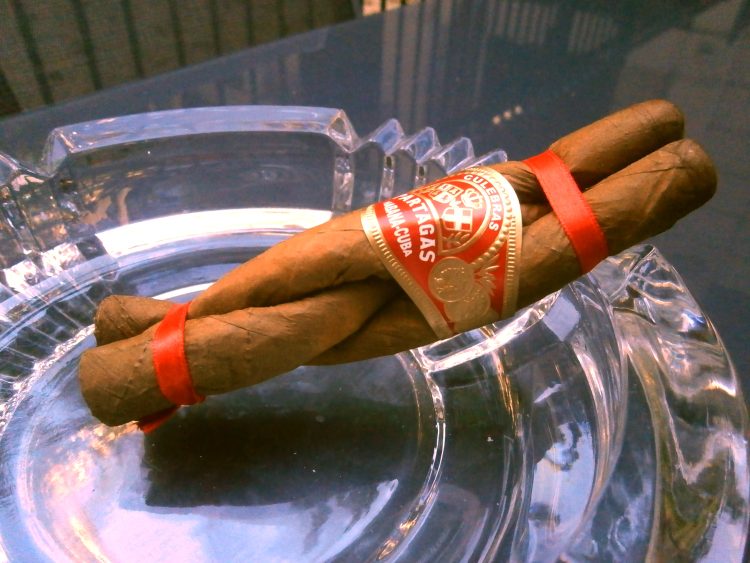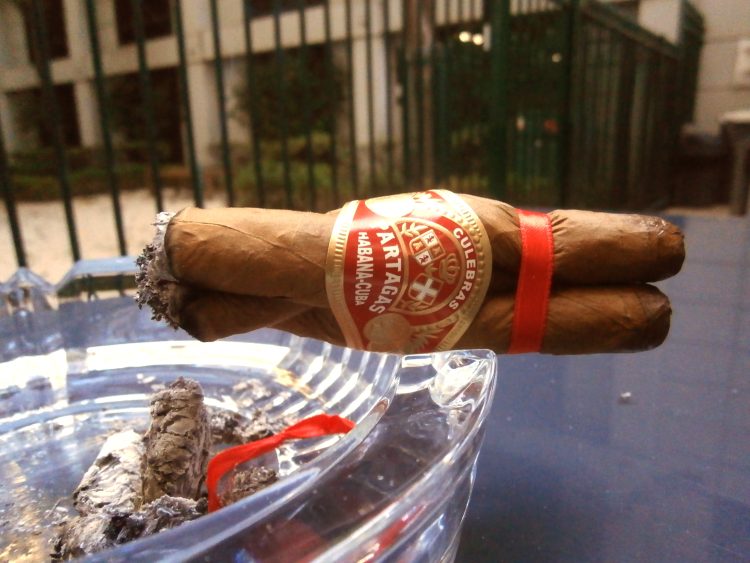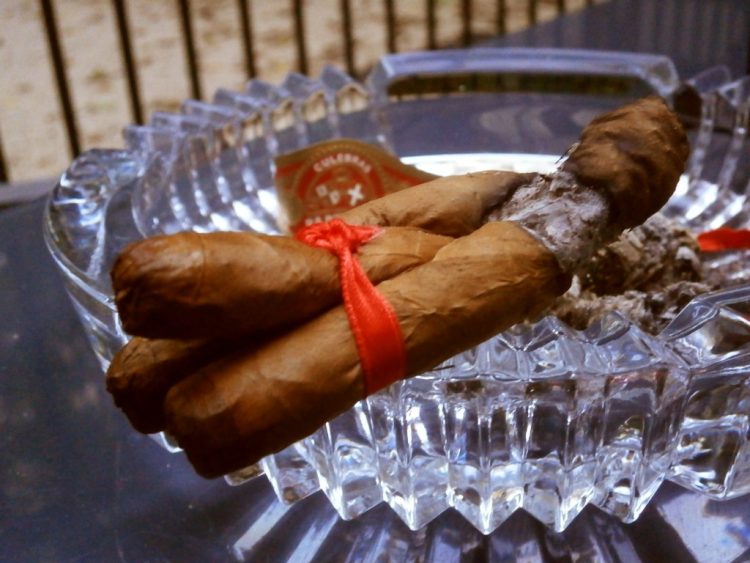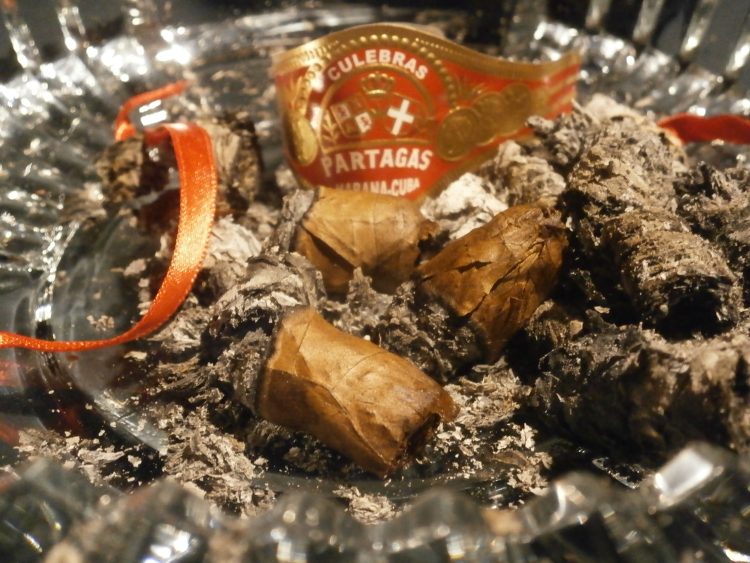I was invited to four office’s Christmas parties this year: my current workplace, two former workplaces, and the only one I am actually attending, a big tobacco company where I have some connections. They have rented out a warehouse down in the docks, and created a bastion for their product: the space is divided into two areas, the ‘outside’ (which is heated, air-conditioned, and fully enclosed by plastic sheeting), and the smaller inside, where the dance floor and the bar is. Smoking is only allowed on the outside. The inside is deserted.
There was a time when it was very common for Cuban cigar brands to have in their range multiple cigars of identical dimensions. Each of these cigars would follow the general flavour profile of the marque but, in theory at least, there would be subtle differences in their blends. The true connoisseur could not only tell the difference, but could no doubt find the perfect cigar for the moment among them. The classic example of this is Punch, which at one time had seven different cigars of the same size in their range.
All this changed in 2002. In 2000, Altadis (then a Spanish tobacco giant) had purchased a 50% share in Habanos S.A., the Cuban government quango responsible for bringing Havana cigars to the world, and the Cuban tobacco industry (along with the Cuban economy in general) was undergoing a harsh transformation from a Marxist satellite of the Soviet Union to an independent participant in the capitalist free market. Profitability was king, and the lowest common denominator had to be pandered to. Aficionados refer to this as the great dumbing down of Habanos: blends were simplified, and many of the more esoteric cigars were discontinued.
But not all. This week’s cigar is the Romeo y Julieta Mille Fleurs, a cigar that is size identical to last week’s Petit Coronas. They come in the same boxes. They wear the same bands. The only difference is the taste.
Right away, the Mille Fleurs is a very different animal to the Petit Coronas; where that cigar was mild, this one is strong and rough, brutally nutty with thick tobacco notes that leave a dryness on the back of the palate. Both cigars were purchased at the same time from the same vendor, and have lived identical lives once in my custody. I don’t know box codes or ages, so perhaps there’s something there. In any event, condition does not account for the difference.
Like most boys my age, I’ve occasionally had occasion to try a spot of internet dating, and being at this corporate tobacco soirée has brought to mind my biggest internet dating failure.
I should have known something was up from the start: her profile was an exercise in vague anonymity, a string of dark photos that did not clearly show her face, body type, or even hair colour. The description was slightly defensive essay about people who shouldn’t message her. She liked wine, travel, her cat, family and friends. Normally I wouldn’t have bothered, but she reached out to me. She liked my style. She’d met a lot of jerks lately and she felt I might be different. She wanted to get together for a drink. “What the hell,” I thought. “What have I got to lose?”
At the halfway point the cigar goes through a rapid series of changes; the initial nuttiness had mellowed into a strong, toasted woody note, but that rapidly turns into a bitter, ashy tar. This lasts for ten puffs or so, before it flips again, becoming very mild, strongly buttery, with a mild cedar afterword. The DNA of the Petit Coronas is there, but there are many differences: ironically, the Mille Fleurs is the less floral of the two.
We agreed on a time, and she nominated a bar, which turned out to be a brightly lit hole in the wall with high stools the only seating. It was not the kind of bar that a man goes to drink alone, and the other patrons gave me increasingly quizzical glances and I nursed my scotch and dry and waited for first ten, then twenty minutes. Twenty five minutes late she walked in, gave me a curt nod, and walked straight to the bar. She was evidentially acquainted with the bartender, because the two of them exchanged pleasantries and laughed for a few minutes before my date finally wandered over, glass of white in hand. As she did, I signaled the bartender for a refill of my now empty glass.
The girl was an angel, a perfect hapa, with the best elements from both sides of her ancestry, along with that nebulous quality that Old Groom delights to find in both women and Lanceros: elegance. She spoke with a clipped, slightly plummy accent, and held her wine with a casual but slightly practiced hand. She smiled and made eye contact. I was a little bit in love.
At around minute three of our small talk, she revealed that she was the maître d’ at a well-known Melbourne cigar and cocktail bar, and, delighted to have discovered a common interest, I volunteered that I edit a cigar encyclopaedia, and had been to many tobacco industry events at her bar. It was a slight exaggeration: I had been to the bar to smoke cigars on at least fifty occasions, sometimes with friends, but many more times with small groups of cigar enthusiasts. On three occasions I had been part of a large group organised by a tobacco vendor; twice we had a few tables booked, but were there alongside the general public. On the third occasion I was the guest of a multinational tobacco group and they booked the place out.
She cocked her head and gave a pained smile. “Sorry, but I’m going to have to call you out on that one.” I was taken aback. “What?”
“I’ve taken every booking in the last five years, and I don’t recall a tobacco industry group ever coming through.” Shaken and defensive, I began to stammer through the names of the cigar store owners that I had been there with, and she acquiesced, plainly not buying it. Our conversation was downhill after that. Feeling like I’d been caught in a lie I was the worst combination of awkward, nervous, and snide. Having made her mind up about me she was cold and haughty. Two minutes later she gave another pained smile. “Look, this isn’t going very well, is it?” I laughed.
“No, well, you kind of called me a liar a minute ago, it’s hard to come back from that.”
“I’m going to go.”
She polished off her drink, picked up her bag, waved to the bartender and left. My new drink arrived five seconds later. Our date had lasted less than ten minutes. I haven’t been to Supper Club since.
Half an inch from the end I encounter a flavour I’ve never had in a cigar before, the distinct salty tang of smoked tuna. It lasts for a few puffs before settling into the familiar bitter finish. The Mille Fleurs is a fine cigar, but not as good a Petit Coronas.
